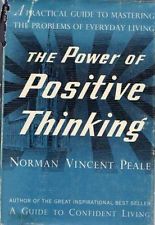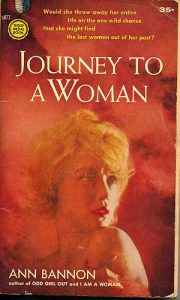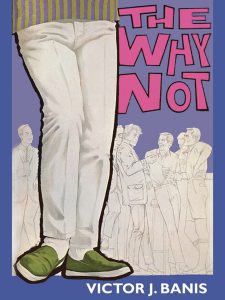A brief list:
- Quote from Simone de Beauvoir’s Mémoires d’une Jeune Fille Rangée about her désespoir. On second thought, pretentious. Plus Facebook’s auto-translate would mangle the meaning.
- Opinion of I, Tonya. On second thought, my private opinion. Why share?
- Opinion of Darkest Hour. Ditto.
- Opinion of Moontide. Ditto.
- Comment on depressing story in news. I think a dozen people have already said the same thing. And if I try for originality I’ll end up making another Ayn Rand reference and leaving the wrong impression.
- Comment on American political situation. What is there to say, really? Parallels to French under occupation kind of pretentious as well as obscure.
- Comment on politics. Am I actually interested in politics? No. Best not to reveal this.
- Photo of man fishing in music concourse fountain for change late at night. On second thought, this feels like an invasion of privacy. Plus, parallels to Dickens’s London kind of pretentious. Plus photo blurry.
- Photo of self on rural walk. Way too private to post pictures of self, especially doing something private, like walking or going about my life.
- Opinion of Yves Saint Laurent documentary. Excessive Francophilia starting to be embarrassing.
- Photo of picturesque cityscape taken during my commute. Too busy racing cars and other cyclists to actually take photos.
- Photo of comic sign on Clement Street. This has probably been done enough. Plus photo blurry and too dark.
- Plans to go to Gay Games in Paris. See above, re privacy, Francophilia
- Photo of dish at fancy restaurant. Seems like other people have this covered. Plus see above, privacy, parallels to Dickens.
- Photo of cute child. Kids I know are now too old to be cute. Plus invasion of privacy on multiple levels.
- Kitten Photo. Misleading, as I have no kittens.

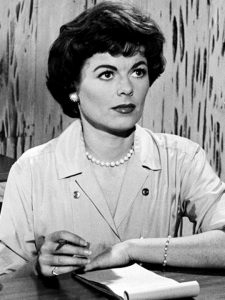
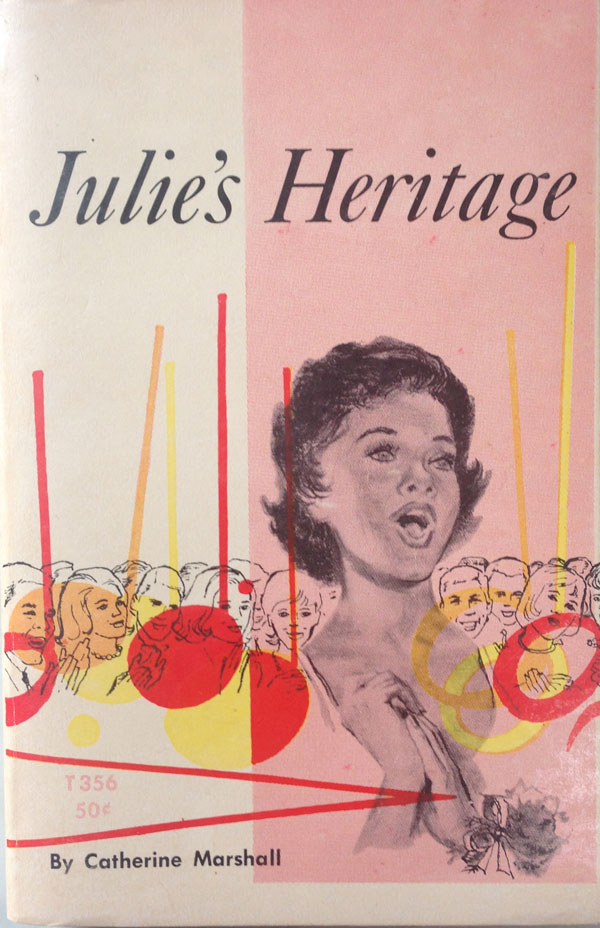
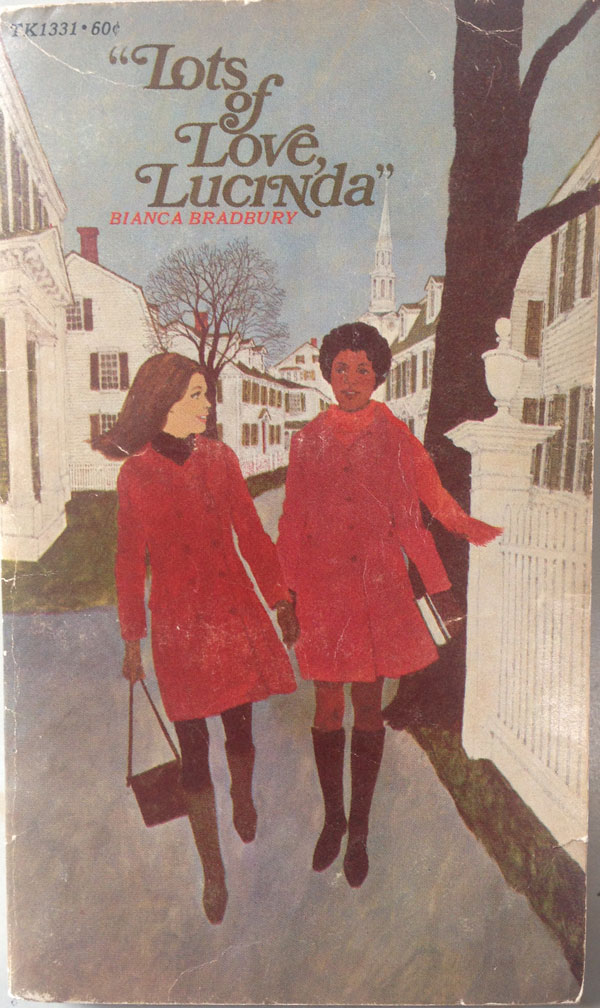
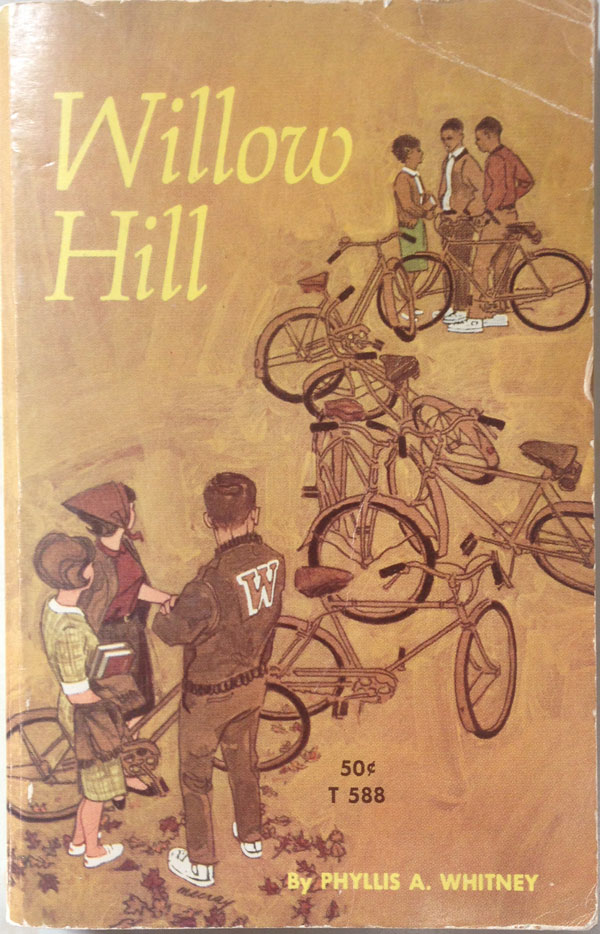
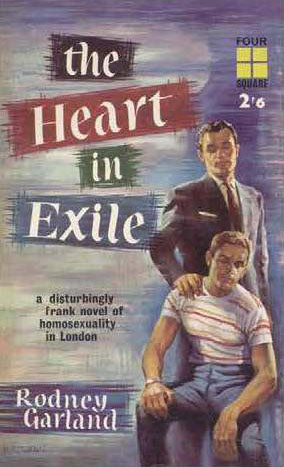

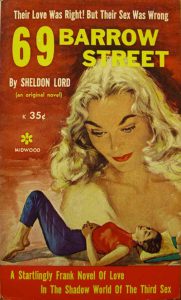 69 Barrow Street, by Lawrence Block writing as Sheldon Lord, Tower, 1959
69 Barrow Street, by Lawrence Block writing as Sheldon Lord, Tower, 1959